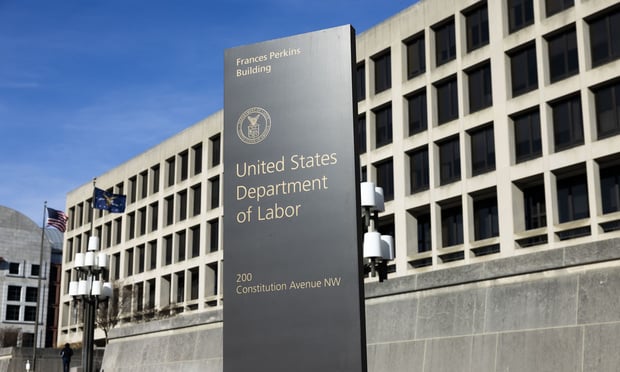 State regulations on access to primary care providers and rural health care clinics are limited, according to the study. (Image: Chris Nicholls)
State regulations on access to primary care providers and rural health care clinics are limited, according to the study. (Image: Chris Nicholls)
There is a "dramatic" variation in how states set standards for access to primary and specialty care providers under government-funded health programs, a new study has found.
The analysis was published by researchers at Georgetown's Center for Health Insurance Reforms and the Center for Children and Families, with funding from the Robert Wood Johnson Foundation (RWJF). It said that both where a person lives and what plan they qualify for can have an impact on the access they have to providers and clinics.
Recommended For You
"For health insurance to be meaningful, enrollees must have access to providers that can meet their health care needs," the report said. However, it added, "Network adequacy standards and oversight can vary considerably from state to state. In many states it is not clear how often, if ever, regulators conduct a proactive review of plans' network adequacy."
This is not the first time researchers have found significant variation in consumer access to health care based on geographical location. In this study, the researchers looked at information from 6 states: Florida, Georgia, Kansas, New Mexico, Pennsylvania, and Washington.
Different states, different plans=different rules
The researchers noted that the U.S. model of delivering health care is made up of a variety of stakeholders with interests and philosophies that sometimes are not in alignment.
"Our current system of health coverage—Medicare, Medicaid, and commercial insurance—relies heavily on private companies to deliver critical, government-subsidized benefits to consumers. Yet these companies have financial incentives to spend as little as possible on enrollees' medical care, which they can accomplish in part by designing plans with narrow provider networks," the report said. "Our analysis finds that minimal federal standards and oversight are accompanied by a patchwork of state-level regulation, meaning that an individual's timely access to needed services is largely a function of where they live and by no means guaranteed anywhere."
The study found that two states, Georgia and Kansas, consistently had less expansive requirements for access than other states; for example, they did not require minimum time-and-distance standards to provider access for those in Affordable Care Act (ACA) marketplace plans—though they did have such standards for those on Medicaid plans. Georgia and Kansas also did not set provider-to-enrollee ratios for those on government-funded plans. Most other states did for at least some of the plans.
Other roadblocks to care
In general, the study found that ACA marketplace enrollees have fewer protections to ensure they have access to health care. "Federal regulations require states to oversee insurer networks for Medicaid managed care organizations, but no such requirements exist for marketplace qualified health plans," the study said.
The study also pointed out that state regulations on access to primary care providers and rural health care clinics are limited. In addition, there is a general lack of cultural competency requirements, which could help enrollees access health care that met their language or cultural needs, the researchers said.
Andrea Ducas, senior program officer at RWJF, said the study underscored the need for broader access to providers for enrollees of Medicaid and the ACA marketplaces.
"Having health insurance should give people the peace of mind that they can get the care they need," Ducas said. "One important dimension of that is having enough providers that accept your insurance. Policymakers can bring greater peace of mind to more people by ensuring that provider networks are adequate in size and scope of coverage."
© 2025 ALM Global, LLC, All Rights Reserved. Request academic re-use from www.copyright.com. All other uses, submit a request to [email protected]. For more information visit Asset & Logo Licensing.







